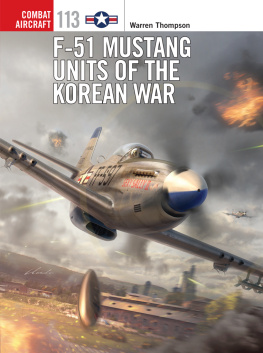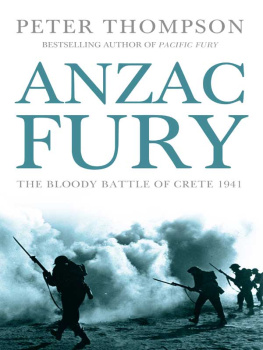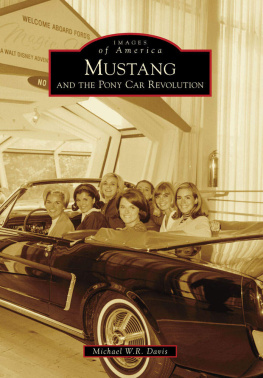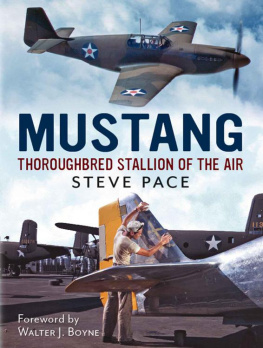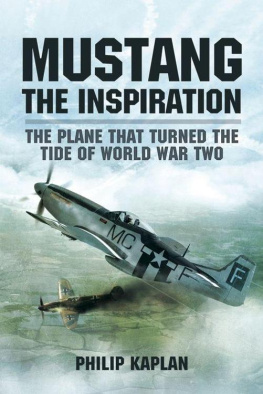
This electronic edition published in 2015 by Bloomsbury Publishing Plc
First published in Great Britain in 2015 by Osprey Publishing
PO Box 883, Oxford, OX1 9PL, UK
PO Box 3985, New York, NY 10185-3985, USA
E-mail:
Bloomsbury is a registered trademark of Bloomsbury Publishing Plc
Osprey Publishing, part of Bloomsbury Publishing Plc
2015 Osprey Publishing Ltd.
All rights reserved
You may not copy, distribute, transmit, reproduce or otherwise make available this publication (or any part of it) in any form, or by any means (including without limitation electronic, digital, optical, mechanical, photocopying, printing, recording or otherwise), without the prior written permission of the publisher. Any person who does any unauthorised act in relation to this publication may be liable to criminal prosecution and civil claims for damages.
A CIP catalogue record for this book is available from the British Library
ISBN: 978 1 4728 0866 0
PDF e-book ISBN: 978 1 4728 0867 7
e-Pub ISBN: 978 1 4728 0868 4
Edited by Philip Jarrett and Tony Holmes
Cover Artwork by Gareth Hector
Aircraft Profiles by Chris Davey
Originated by PDQ Digital Media Solutions, UK
Osprey Publishing supports the Woodland Trust, the UKs leading woodland conservation charity. Between 2014 and 2018 our donations will be spent on their Centenary Woods project in the UK.
www.ospreypublishing.com
Front Cover
During the morning of 14 August 1951, the 18th Fighter-Bomber Groups 39th Fighter-Interceptor Squadron successfully attacked targets in Pyongyang, despite the North Korean capital being heavily defended by myriad flak batteries. Amongst the aircraft to participate in this daring mission was F-51D 44-74597 SEXY SALLY II, flown by the squadron CO, Maj Murrit H Davis. Having dropped his napalm canisters at low level, he then led his element home.
Davis returned to Pyongyang a few hours later, as recounted in the citation that accompanied the Silver Star that was awarded to him posthumously after the mission;
Maj Davis led a flight of 12 F-51 type aircraft on a mission over Korea. He displayed outstanding airmanship and exceptional heroism by leading his squadron over the heavily defended city of Pyongyang, where a devastating low-level napalm attack was made against supply warehouses in that city. Two of his pilots were shot down by enemy fire and his own aircraft was heavily damaged. Despite the intensity of enemy opposition, Maj Davis pulled away from his squadron and circled the target area, repeatedly attempting to locate the downed pilots. After an exhaustive search, he reassembled his squadron over the designated rendezvous point and led them in the direction of home. Approximately ten minutes after leaving the target area, his aircrafts engine failed. Maj Davis jettisoned his canopy, after which his aircraft was seen to enter a spiral to the left, before crashing into the ground and exploding (Cover art by Gareth Hector)
CONTENTS
INTRODUCTION
With the ending of World War 2 the Korean Peninsula became a major problem in that the South had a separate State, and by August 1948 it was established as the Republic of Korea (ROK) under the leadership of Syngman Rhee. A month later North Korea became a communist country led by Kim Il Sung. The North began a huge armament build-up, with tanks and aircraft being donated to the new nation by the Soviet Union. The governments of the ROK and the USA were totally unaware of this. In fact, during the summer of 1949, the Americans withdrew the remainder of their troops.
The feeling among the top military leaders in the USA was that the defence of South Korea was not within their defensive perimeters in the Pacific regions, American forces being mainly used to protect Formosa, Japan and Okinawa. This decision alone convinced the communist regime that it should attempt to take over South Korea.
In the conflict that ensued, World War 2 fighter aircraft such as the Vought F4U Corsair and North American F-51 Mustang found themselves at the forefront of the first major campaign of the Cold War. When the Korean War commenced in late June 1950, the vast majority of the USAFs piston-engined fighters still in service equipped stateside Air National Guard (ANG) or United States Air Force Reserves (AFRes) units. However, the Lockheed F-80 Shooting Star had been replacing the piston-engined fighters of frontline air groups in the Far East, resulting in most Mustangs having been sent back to the USA. Just a few F-51s remained, these aircraft being used in the training of Republic of Korea Air Force (RoKAF) personnel.
With few USAF combat aircraft in South Korea at the time of the invasion, it fell to the North American F-82G Twin Mustang to bear the brunt of the attack, especially in defending Kimpo (K-14) while all American and key South Korean families were evacuated by Douglas C-54s. The F-80s flying in from Itazuke Air Base (AB), in Japan, provided some protection for the evacuation effort, but because they could not land at the crude air bases in South Korea their loiter times over the target areas were limited. No missions were flown north of the 38th Parallel at this early stage in the conflict, the USA being totally unprepared for a major conflict in the Far East. Indeed, all of its interest was in Western Europe, countering Soviet threats with operations such as the Berlin Airlift.
The F-80 was represented on Okinawa and at several air bases in Japan, as the USAFs fighter units had just about completed their conversion to an all-jet interceptor force in the Far East. Moreover, there had been no preparations in South Korea to improve any of the air bases to accept jet fighters because there was no need to do so. This left only the C-54s and F-82s capable of operating from Kimpo airfield. Fortunately, the aircraft carrier USS Valley Forge (CV-45) was docked in Hong Kong when the war started, and it was carrying two squadrons of F4U-4Bs. It immediately set sail for South Korea (see Osprey Combat Aircraft 78 F4U Corsair Units of the Korean War for further details). The only thing lacking was a sizeable force of Mustangs, and this shortfall would soon be rectified. In the meantime, the existing forces in Japan would have to hold on until the F-51s arrived.
A narrative by 36th Fighter-Bomber Squadron (FBS) commanding officer (CO) Lt Col Bill ODonnell, who flew Mustangs during the early days of the conflict, describes how the F-51 fitted well in Korea, even though it did not represent the jet age. Media emphasis was focused on the F-80 because it represented the dawn of a new age in military aviation, but there were still plenty of unknowns when it came to employing jets in a combat environment. This was not the case with the veteran F-51 Mustang and F4U Corsair, and this made both types highly desirable during the early months of the conflict because they could carry large amounts of ordnance, use the rough runways that predominated in Korea and be easily maintained. They operated at full bore up to the Yalu River and still had plenty of loiter time, unlike the F-80s, which did not yet have sufficient range. The era of the Mustang in combat in Korea would last until late December 1952.
CHAPTER ONE
MUSTAN GS GET INVOLVED IN THE WAR

